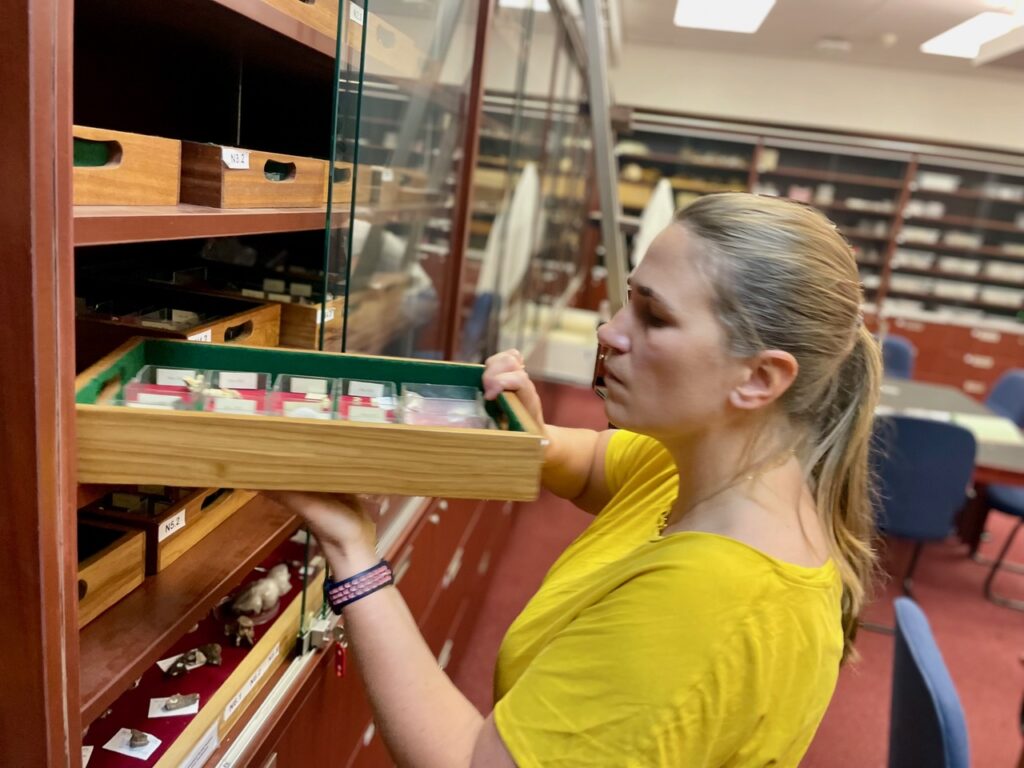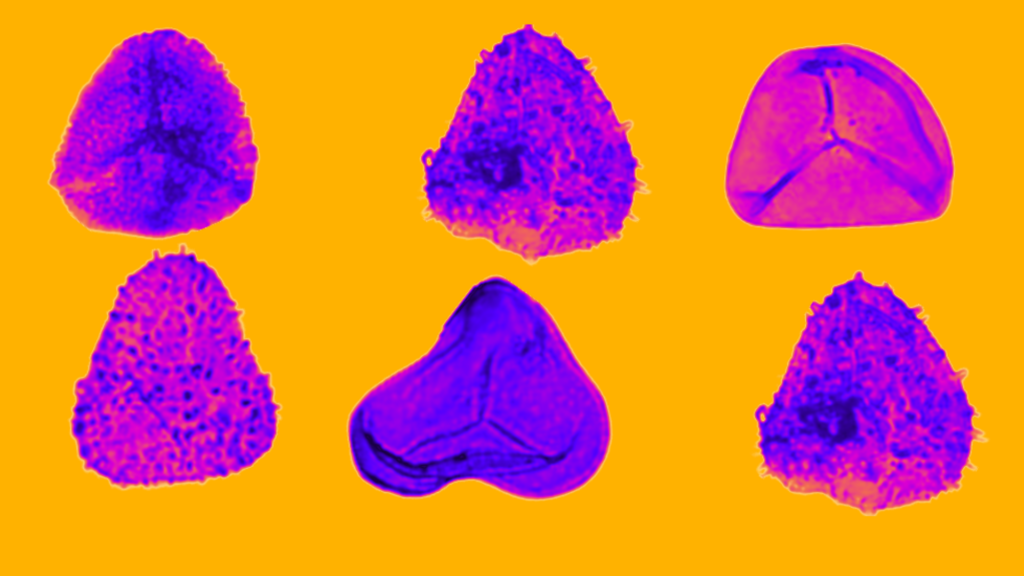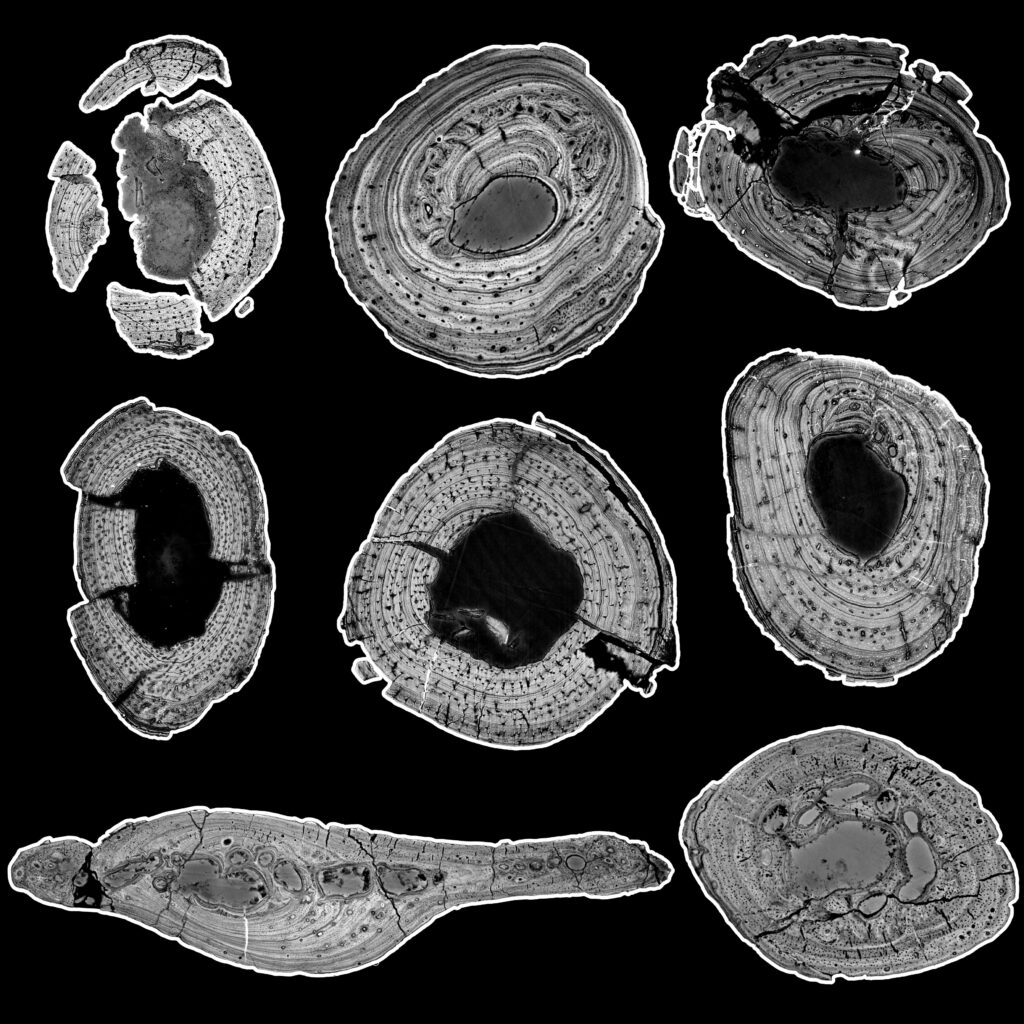Rapid growth preceded gigantism in sauropodomorph evolution

Small bites
- Osteohistology shows rapid growth in the sauropodiforms Aardonyx and Sefapanosaurus.
- Rapid growth evolved first in relatively small ancestors of giant sauropod dinosaurs.
- Rapid growth is an early evolving trait in the origins of gigantism in Sauropoda.
On Speedy Sauropodiforms
This new study sheds light on key aspects of the sauropod dinosaurs’ rapid growth before they reached gigantic sizes.
Sauropod dinosaurs weighed up to 70 tonnes and were the largest animals to have walked the Earth. They achieved these gigantic sizes via adaptations of their growth that enabled them to increase their size both very fast and without stopping. The speed and non-stop nature of growth in sauropods evolved from the slower, seasonally interrupted growth seen in their ancestors. Just when did this growth strategy evolve? Moreover, how did it lead to gigantic body size? To answer these questions, Botha et al. present new data on the bone microstructure of two close ancestors of true sauropods, Aardonyx celestae and Sefapanosaurus zatronensis, which weighed between one and two tonnes. They found that these smaller-bodied species had fast but seasonally interrupted growth and that this type of growth is shared with the > 10-tonne lessemsaurids, the closest relatives of sauropods. These results show that fast growth rates originated among smaller sauropod ancestors weighing 1–2 tonnes, preceding and perhaps enabling the first origins of giant size (>10 tonnes). These results also show that continuous growth only evolved in true sauropods, enabling even more gigantic body sizes to evolve. Therefore, the capacity for rapid bone tissue formation, a derived aspect of the rapid growth seen in sauropods, did not evolve specifically to enable giant body sizes but may have been a prerequisite for them.






